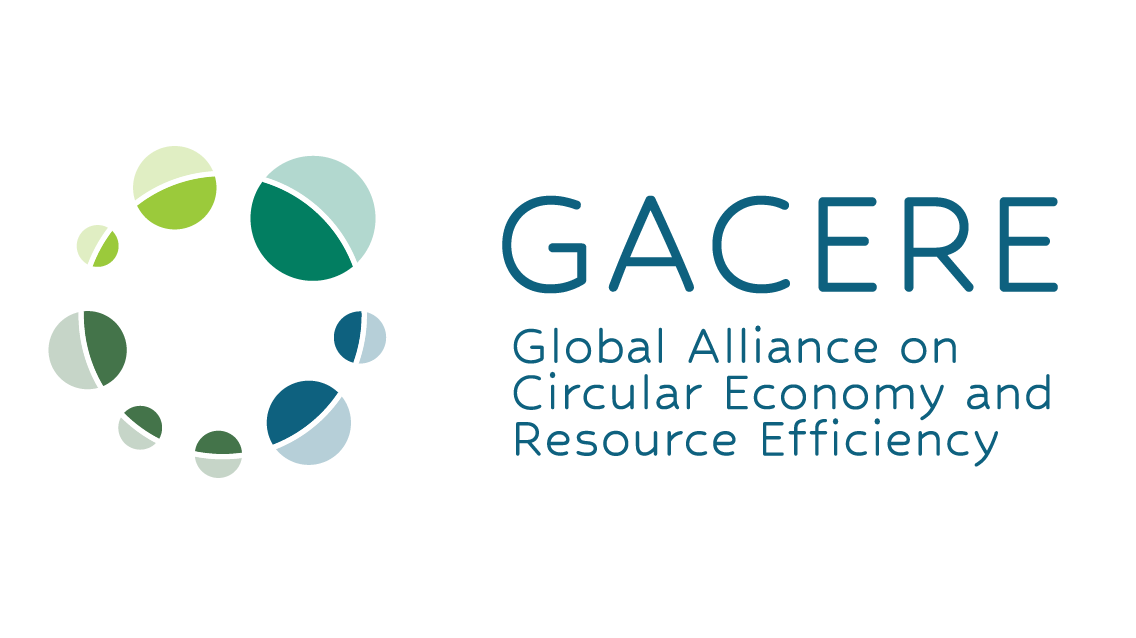
Norway


Circular economy in action
Across Norway, businesses, organisations, and communities are already putting circular economy principles into action—rethinking how resources are used, extending the life of materials, and designing out waste. This page highlights a selection of real-world circular economy case studies from across the country. Each example shows how circular strategies are being applied in practice—from reuse and repair initiatives to innovative business models and material loops.

Global Alliance on Circular Economy Plans to Advance Circular Transition
Bringing together governments and relevant networks and organisations, the Global Alliance on Circular Economy and Resource Efficiency (GACERE) aims to provide a global impetus for initiatives related to the circular economy transition, resource efficiency, and sustainable consumption and production. Eleven countries (Canada, Chile, Colombia, Japan, Kenya, New Zealand, Nigeria, Norway, Peru, Rwanda, and South Africa) and the EU have joined the Alliance to date. Participants will address the need for a green recovery in a post-pandemic world and will look in particular at how sustainable development can tackle the unsustainable patterns that have driven environmental degradation and led to these crises.

Industrializing 3D printing
Signify enables customers to custom-design or tailor their luminaires.
The service saves time, energy, waste in manufacturing, packaging and transportation. 3D printing paves the way for more innovative designs with more complex shapes and colors. The luminaires are available digitally for on-demand production and stored to allow easy modification and adaptation. What’s more, all 3D printed luminaires are recyclable, specifically designed for a Circular Economy.

Waste sorting plant to advance mixed municipal waste management
IVAR IKS, a Norwegian intermunicipal waste management company, has transformed municipal solid waste (MSW) processing by implementing an advanced mixed waste sorting facility in Forus.By shifting from separate collection to automated sorting, IVAR has significantly increased recycling rates, reduced CO₂ emissions, and provided high-quality recycled materials for new products.This initiative exemplifies a successful circular economy model in waste management.

Circular procurement is a learning process: Kongsvinger’s Circular Procurement Pilot
The Kongsvinger Region in Norway launched a circular public procurement pilot following the insights of a regional Circle Scan. This initiative aims to embed circularity into procurement processes by developing criteria for circular tenders and upskilling municipal staff. The pilot serves as a learning platform to accelerate the transition to a circular economy within public administration.

KA13: Norway’s First Circular Building
Buildings and facilities require a large part of the earth's resources in terms of materials, energy and waste. Kristian Augusts gate 13 (KA13) is largely created from elements that would otherwise have been thrown away.
This is Norway's first building where the reuse of building materials and circular solutions has been used on a larger scale. With this project, the amount of waste has been drastically reduced, both through the reuse of the existing building and through the use of materials from demolition projects. In addition, the preservation and further development of existing buildings and urban spaces is valuable for the cities' identity and history.
Integrating Circular Economy Principles into Oslo’s Urban Planning
The city of Oslo has taken a holistic approach to implementing circular economy (CE) principles by embedding them directly into its planning and policy documents. This systematic integration supports long-term sustainability goals and enables coordinated actions across departments. Key strategies include reducing plastic pollution, rethinking consumption, and using climate budgeting as a reporting tool for circular progress.

Empower uses blockchain to solve plastic waste issues
Empower uses blockchain technology to solve the plastic waste issue through a variety of mechanisms and smart tools across the plastic value chain - for example increasing the value of plastic waste through encouraging collectors, recyclers, brands and consumers to collect and recycle plastic waste in return for credits that can make encourage profitable recycling and increase equality for marginalized people in the global south.

Software collects data that enables use of waste as a resource through rewarding people for what they return
Their software system collects data about waste and helps uncover valuable resources by incentivizing users for more sustainable behavior. Using the carrot, not the whip: the system collects data about who throws what to motivate and reward waste sorting efforts. By rewarding people for what they return, Carrot is creating a world of circular materials through “turning apathy into action and waste into resources.”.

Norcable use hydropower-based aluminum to ensure low carbon cables for the electrification of the Norwegian continental shelf.
Norcable produces cables and power lines with sustainable raw materials and clean hydropower on the west coast of Norway.
The Circularity Gap Report is an initiative of Circle Economy, an impact organisation dedicated to accelerating the transition to the circular economy.
© 2008 - Present | RSIN 850278983